Mystical Stones of Romania: The Curious Case of the Growing Trovants
In the very center of Romania, there is a unique geological attraction that attracts scientists and travelers from around the world. These are called trovants and it is not only that they are stunning to look at but they have an amazing characteristic: they sprout. This peculiar feature has led to many myths and scientific works that aimed at deciphering the mysteries contained in their stony heart.
Trovants are not simple stones; they are living narratives of the planet’s unknown history and silent spectators of time’s unceasing march. Developing under certain natural circumstances, these sandstone concretions consolidate and grow, rather remarkably, with each and every century. This article focuses on who the trovants are, how they grow and the myths associated with them. Welcome to the world of these giant stones that are growing and exploring their place in the world of geology.
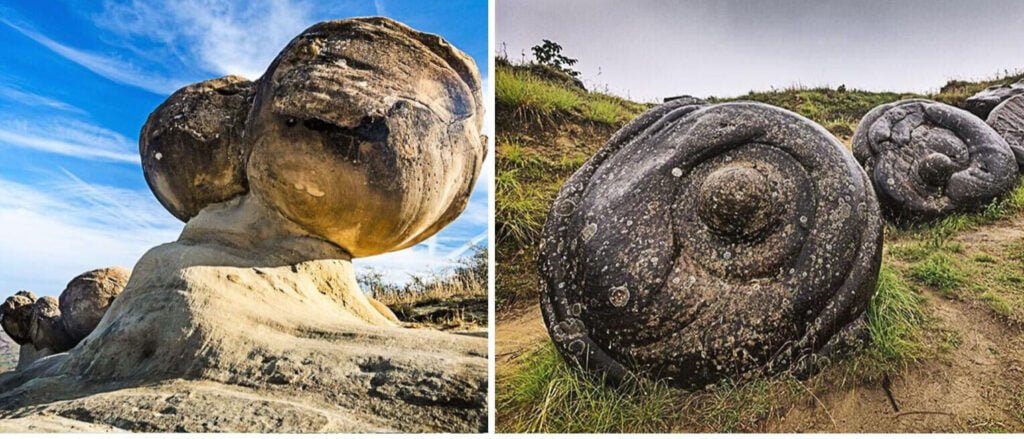
1. Discovering the Trovants
1.1 What are Trovants?
Trovants are extraordinary natural phenomena that are most commonly identified in Romania. These are not ordinary stones, they are sandstone concretions which are capped with limestone cement. This combination occurs under specific geological factors especially where sand grains are held together by calcium carbonate in water. They have been solidifying for millennia and now resemble stones with a coarse surface.
Trovants may range greatly in size and have irregular shapes. There is everything from pebble-sized boulders to colossal structures measuring up to 4.5 meters in height. They are round or oval, but there are rare cases of irregular shapes, and everything contributes to the enigmatic appearance of these natural creations.
1.2 The Science Behind the Growing Stones
What can be more interesting is that trovants can grow, and this is the most amazing aspect regarding these phenomena. This growth process starts as soon as the stones are immersed in the water, especially rain water. When the rainwater percolates through the sandstone’s surface, it has an effect on the calcium carbonate composition. This interaction leads to buildup of pressure inside the rock which causes the volume of the stone to expand slightly.
This expansion can compound over centuries and creates a discernible growth over the years. This slow but remarkable growth happens at a rate of 4 to 5 centimeters every 1200 years. Specialists who work in these formations are convinced that each stage of growth in trovants reflects a certain condition of the environment, as the rings in the tree represent years.
Researchers in the field of geology still continue to explore and analyze these exceptional stones to identify more about their formation and the environment that enhances their formation. Such knowledge benefits scientists not only in studying the nature of trovants but also in improving the knowledge of other geological phenomena on the planet.
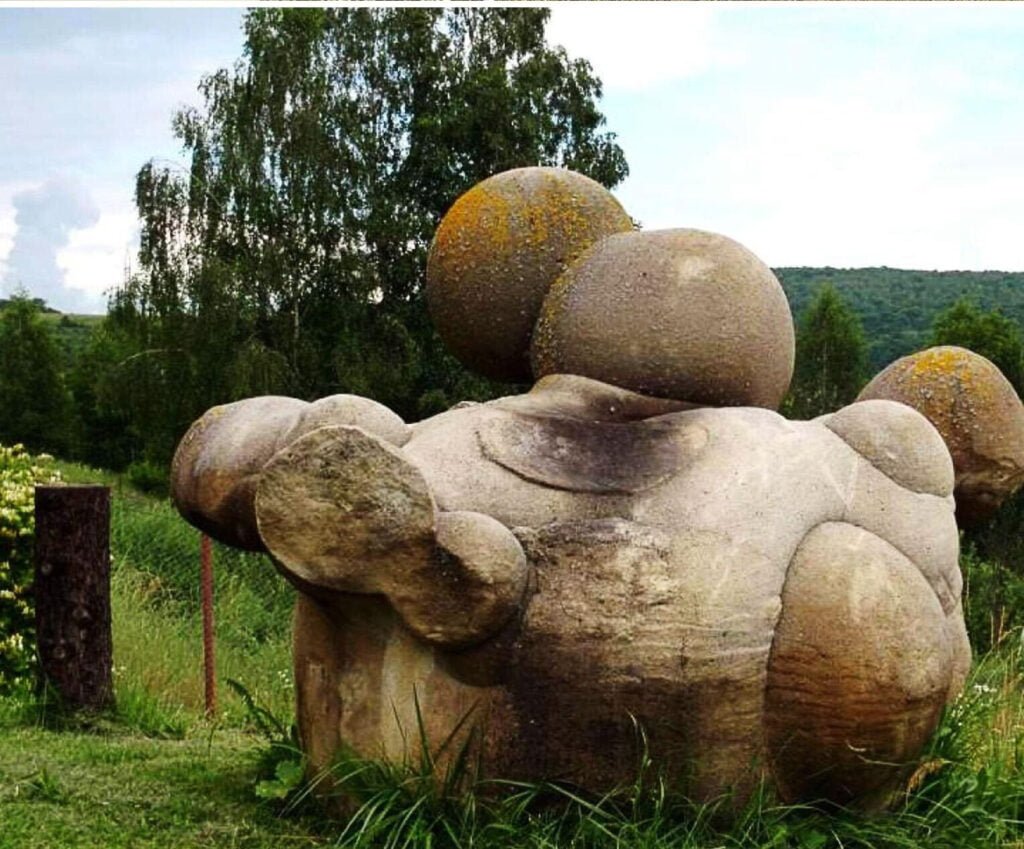
2. The Legend and Lore of Trovants
2.1 Local Myths and Legends
Trovants are also called “the living stones” and are associated with legends which makes them not only geologically extraordinary but mythological as well. There is also a belief that the stones are alive and they have grown from the tears of the sky or from the breath of the earth since this is the area mostly associated with trovants. Such stones are not only seen by the villagers as unusual natural formations, but also as items that can bring luck and shield the inhabitants from all forms of bad luck.
Not only science attracts tourists to those sites but these fascinating stories as well. Travel interpreters enjoy sharing stories regarding stones that roll by themselves or those that increase in size when night falls, thereby enriching the story behind the stones and making the attraction more meaningful for tourists.
2.2 Cultural Significance
The trovants have evolved from simply being geographic features to cultural artifacts in Romania. They impact local culture significantly, and they often become the subjects of many cultural creations. For example, during local festivals, trovants are depicted and represented through sculptures and plays. These events assist in creating unity and belongingness among the residents, bridging the gap between history and culture.
Trovants in literature and arts are portrayed as symbols of strength and nature and are used by artists and writers from the region to depict nature in its mysterious strength. This cultural appreciation guarantees that the trovants are not only protected as geological formations but also valued as components of the Romanian cultural heritage.
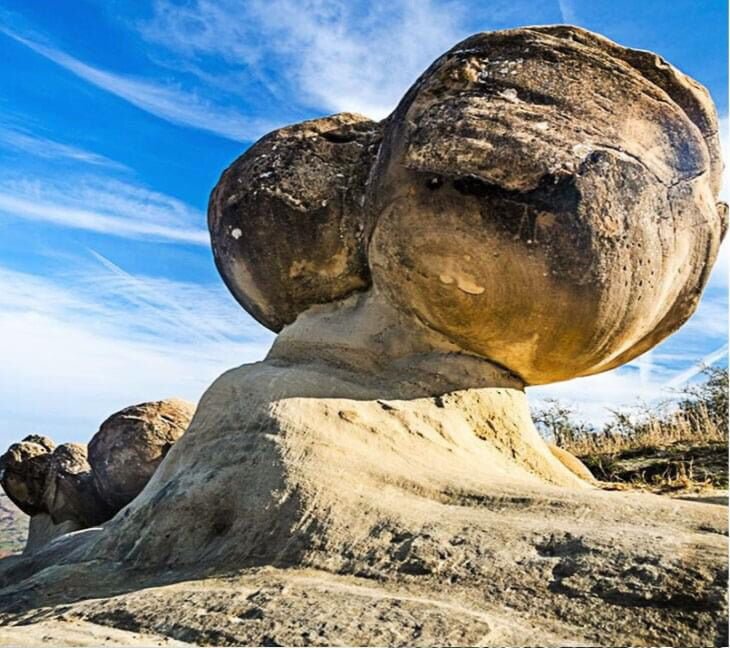
3. Trovants Today
3.1 Conservation Efforts
Since trovants are a geological formation with cultural importance, they are a protected species at the Trovants Museum Natural Reserve in Romania. This reserve’s purpose is not only for the preservation of these amazing formations but also for further research and education of the public about their unique characteristics and backgrounds. Nevertheless, efforts to preserve trovants are challenging because they also face challenges such as erosion and most significantly interference from humans which speeds up the destruction of the structures.
Measures meant for conservation of the trovants include the establishment of restricted access zones where people are only allowed a limited contact with the stones so that they do not harm the stones. Environmental scientists and geologists are also currently conducting further research in an effort to find out how external factors such as climate change, or pollution, might influence the trovants. These actions help maintain the existence of trovants and continue to fascinate scientists and be a source of national pride for generations to come.
3.2 Visiting the Trovants
For those interested in seeing these fascinating stone structures personally, there is the Trovants Museum Natural Reserve where visitors are provided with a professionally guided tour. The reserve is in Costești village in the Vâlcea Country and thus can be accessed by road transport from any of the major towns in Romania. There are guided tours which will give tourists a close look at the trovants and at the same time enlighten them on how the stones were formed and the myths associated with them.
Its inclusion into the framework of the UNESCO World Heritage List proves its global value and thus will continue to attract international support. This status allows preserving its untouched appearance and unique features and supports such a type of tourism that will be useful for the reserve and the locals. Visitors are advised to respect the natural world and adhere to all the rules to preserve these natural phenomena for future generations.
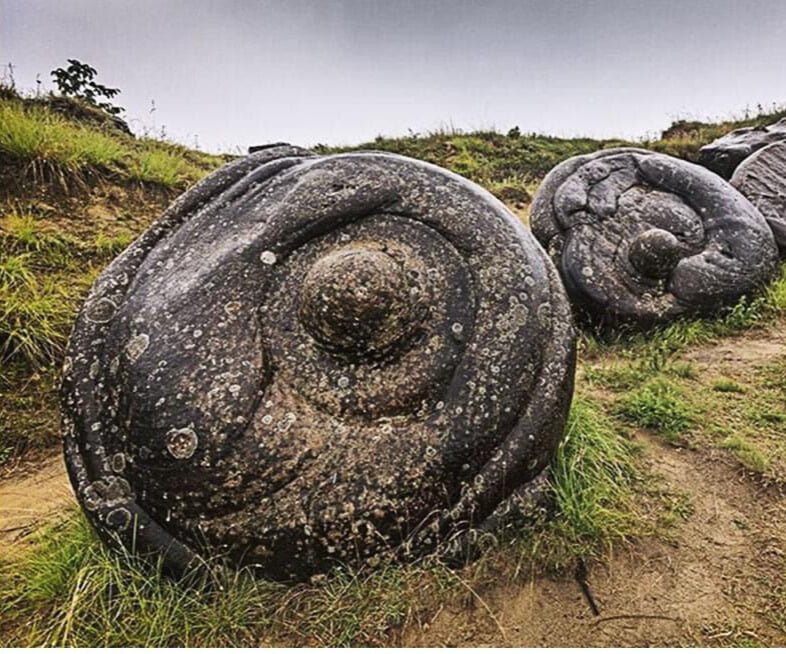
4. The Scientific and Touristic Impact of Trovants
4.1 Research and Interest
The trovants of Romania have elicited much interest because of their physical characteristics as well as their mode of formation. Further research also persists to delineate the precise processes that promote their growth with attention to the involvement of mineral saturation as well as the environmental factors. These works not only increase overall awareness of trovants but also expand the existing body of knowledge regarding formation of geological structures. The trovants have been correlated with similar geologic formations in other parts of the world including the Moeraki Boulders in New Zealand and the concretions in the Theodore Roosevelt National Park in the USA, and have sparked a global discussion on geologic conservation and research.
This increased scientific interest has boosted their relevance in tourism with numerous geologists, environmentalists, and other enthusiasts visiting the regions. Due to their growth over time and the strange structures, people are fascinated, and it becomes an option for educational and eco-tourism activities.
4.2 The Future of Trovants
In the future, further research on trovants can provide many interesting findings and may even revolutionize our knowledge regarding the formation of certain rocks under certain environmental pressures. Further studies may focus more on the biochemistry of these stones and how they are able to expand; this can then help come up with a model of similar cases in other regions of the world.
Education and tourism are essential for protecting trovants. The general public and tourists visiting the country should be informed on the scientific and cultural significance of these stones in order to enhance the local and international conservation efforts. Promoting sustainable tourism helps to guarantee that future generations will also be able to visit them and gain knowledge about them. Finally, when the public starts to recognize these rocks not as mere oddities but as vital natural assets, their protection becomes a global concern, underlining the significance of preserving the Earth’s geological richness.
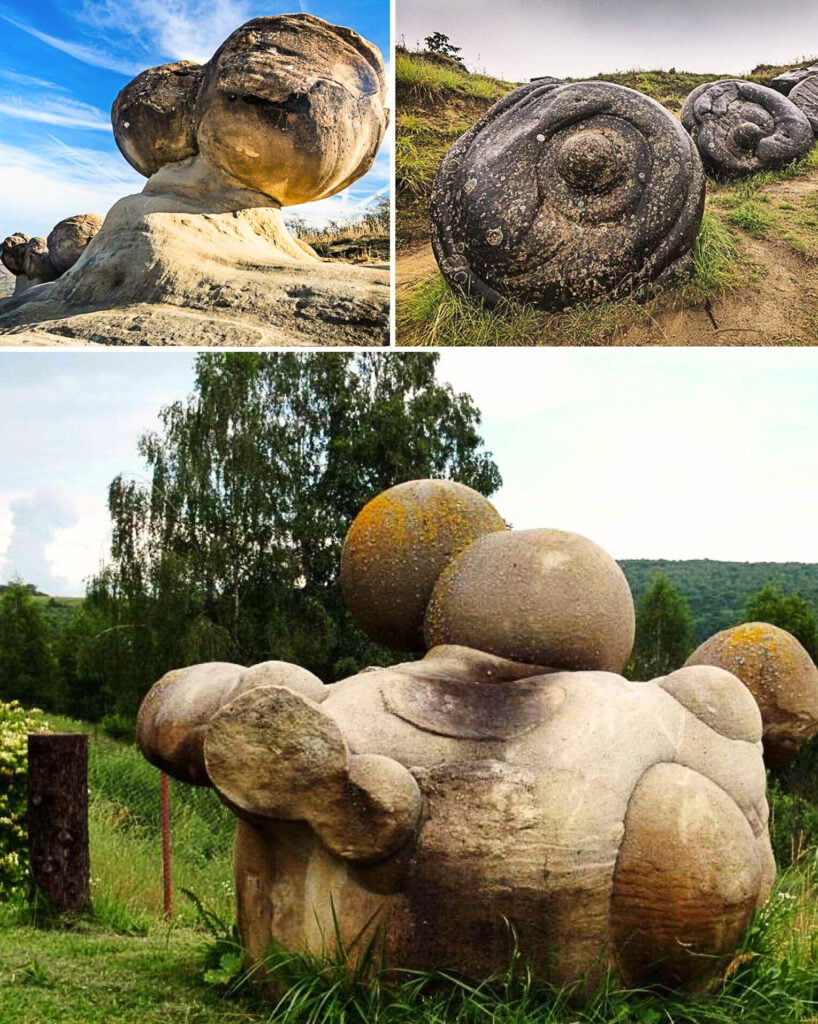
Conclusion
The trovants of Romania, their mysterious character of growing and their sculpturesque forms remain to be the object of scientific fascination as well as tourists. These are not mere stones; they are the chronicles of time, providing information on the earth’s existence and evolution over the years. These considerations, combined with their individual features and legends associated with them, give a fairy-tale note to the picturesque landscapes of Romania.
As we demystify the trovants, we are struck with the fact that there are so many mysteries in our universe, waiting to be decoded and understood. Romania, endowed with a diverse nature, is the opportunity to study these phenomena, which is why it can be called a dream country for fans of the Earth’s geological wonders.
For anyone interested in the story of the growing trovants, a visit to the Trovants Museum Natural Reserve in Costești is encouraged. It can be an interesting chance not just to observe these marvelous stones themselves but also to donate in order to protect other similar sites for people, who will come to visit it in the future. As well, learning more about other specific types of geological formations in the other parts of the world can enrich people’s knowledge concerning the numerous natural wonders on the geological scene of the planet. If you are an admirer of natural beauty, a specialist in geology, or just a traveler, who likes to discover unknown destinations, Romania’s stones are promising you real marvels.









